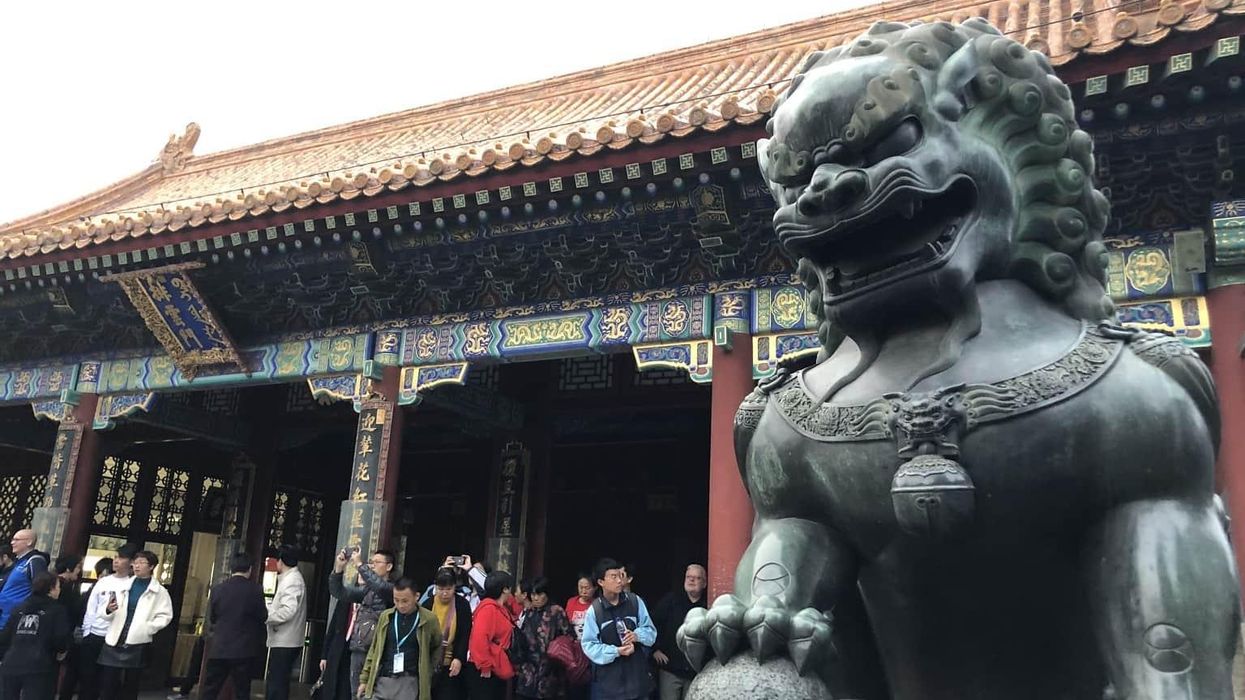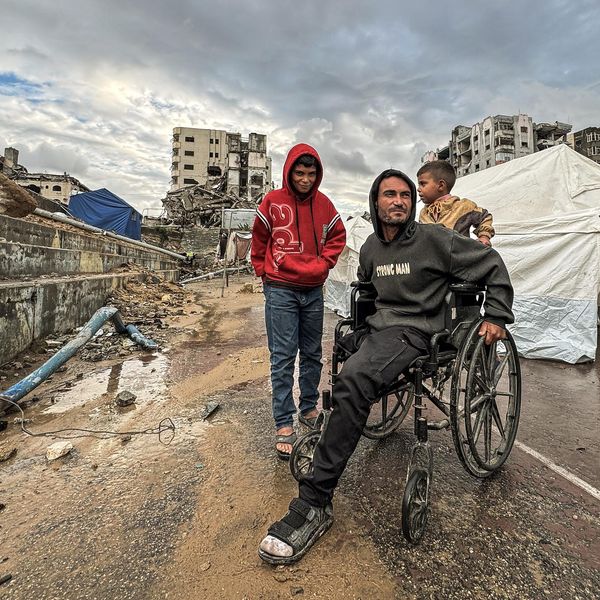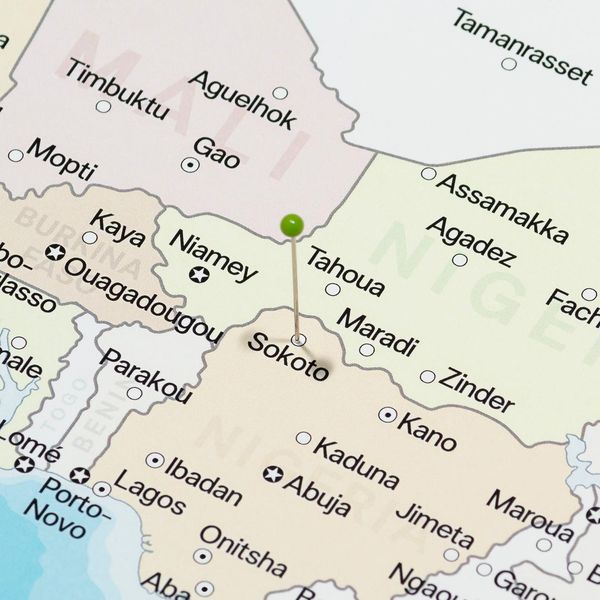Rather than helping to prevent the spread of nuclear weapons, the Israeli-initiated 12-day war on Iran damaged the Nuclear Non-Proliferation Treaty.
In response to the attacks on its nuclear facilities, on July 2, Iran suspended cooperation with the International Atomic Energy Agency, whose responsibilities include verifying NPT state parties’ compliance with their nonproliferation commitments. At the same time, these illegal attacks, which the U.S. joined, have created the conditions for the kind of endless war that President Trump allegedly wants to avoid. While the prospects for Iranian-U.S. diplomacy in this context look bleak, there might still be a way out through regional non-proliferation cooperation.
The end of nuclear transparency in Iran
Iran’s suspension of cooperation with the IAEA marks the end of nuclear transparency provided by agency inspections in the country since 1974. Thanks to this transparency, we knew, prior to June 13, the exact amount and locations of Iran’s fissile material stockpiles — which could not have been diverted to military uses without being noticed by the IAEA. Now, due the Israeli and U.S. attacks, this knowledge has been lost.
Israel — whose goal appears to be to weaken and remove the Iranian government, rather than just its nuclear program — is likely to push for additional military actions. That Iran’s nuclear capabilities were, predictably, not all destroyed by the military strikes, makes it difficult for Washington to restrain Israel even if it wishes to do so. This points to the open-ended aggression that experts have long warned would result from attacks against Iran’s nuclear facilities.
Apart from its perception that the IAEA is politically biased in favor of Israel and Western countries, Iran’s decision to suspend cooperation with the agency arguably reflects a concern that nuclear transparency might undermine its interests. By indicating the location of nuclear materials and facilities that survived the war, IAEA findings could be used to facilitate future Israeli and U.S. military targeting.
Demonstrating the flawed logic of aggressive counterproliferation, the war on Iran could be seen as a perfect argument for Tehran to leave the NPT and develop a nuclear deterrent. After all, the use of force against its territorial integrity can constitute a circumstance in which “extraordinary events have jeopardized [its] supreme interests,” the legal basis for withdrawal under the NPT’s Article X.
Prospects for bilateral Iranian-US nuclear diplomacy
Yet, Iran has neither withdrawn from the NPT nor closed the door to diplomacy. Iran is currently reviewing a U.S. proposal for resuming bilateral talks. As Iran’s foreign minister Abbas Araghchi said, "Iran needs guarantees it won’t be attacked again if the talks don’t succeed."
The trust required for bilateral diplomacy, let alone for credible security guarantees, has been severely undermined by the war — which took place while the last round of Oman-mediated Iranian-U.S. talks was still ongoing. According to Araghchi, this constituted a ”betrayal of diplomacy.”
A nuclear deal would also require a compromise on the key issue of uranium enrichment. A compromise was already reached in the 2015 Joint Comprehensive Plan of Action when Iran agreed to verifiably limit enrichment activities in exchange for sanctions relief. The obstacle here has been President Trump’s self-inflicted difficulty in accepting anything resembling the JCPOA — from which he withdrew in 2018, thus renewing a nuclear crisis with Iran.
President Trump has insisted that Iran should not be allowed to enrich any uranium, assuming that the country can be coerced to accept his terms through maximum pressure. But Iran has consistently rejected this demand. If his approach now rests on the assumption that Iran will finally give in as a result of the war, efforts at bilateral diplomacy are likely doomed.
On the other hand, the Trump administration has demonstrated ambiguity on the enrichment issue. Together with the president’s aversion to endless wars, this might still allow for a compromise solution.
Possibilities for diplomacy
One of the most promising avenues in the Iranian-U.S. talks since April was a regional nuclear consortium involving Iran and other Gulf states. The main sticking point seemed to be the location of joint uranium enrichment facilities: while Iran viewed the enhanced nuclear transparency provided by the consortium as a way to build international confidence in its enrichment activities, Washington saw it a means to end enrichment on Iranian soil.
This plan could still be feasible if the U.S. were to accept limited enrichment on Iranian soil as part of the consortium. This would serve the objective of nonproliferation and still might look different enough from the JCPOA for President Trump to claim victory.
The previous idea of U.S. investment in the consortium nevertheless seems unlikely after Washington’s involvement in Israel’s military operation that also included the assassinations of Iranian nuclear scientists. However, other extra-regional powers such as China or Russia could be invited to join the venture, thus enabling a de facto security guarantee to Iran. Notably, the Bushehr nuclear power plant was Iran’s only nuclear facility that was spared in the June attacks — partly due to the presence of Russian staff there.
As an alternative to a nuclear consortium, Gulf states could jointly agree to cap uranium enrichment levels and fissile material stockpiles in the region. While such restrictions would initially mainly affect Iran’s program, over time they would also build confidence in Saudi Arabia’s nuclear ambitions, which also include plans for uranium enrichment.
To verify these restrictions, the Gulf states states could establish a regional nuclear verification mechanism modeled on the Brazilian–Argentine Agency for Accounting and Control of Nuclear Materials (ABACC). This could complement IAEA safeguards and, in the case of Iran, substitute for them as long as the country’s cooperation with the agency remains suspended.
Although Iran cannot be expected to implement restrictions on its nuclear activities without sanctions relief by the U.S., it could nevertheless commit to doing so pending such relief. This could allow an informal Iranian-U.S. compromise even without a bilateral nuclear agreement.
At minimum, a conditional agreement on regional nuclear restraint would increase political pressure on Washington to lift sanctions on Iran, while a regional verification mechanism would provide an argument against further military action.
By way of comparison, the additional confidence created by ABACC apparently explains why Brazil is allowed to enrich uranium without international objection — despite the lack of public reporting on related details and the country’s refusal to sign the Additional Protocol with the IAEA.
Choice between diplomacy and endless war
The 12-day war represented the culmination of the disastrous U.S. maximum pressure policy, which since 2018 has undermined nonproliferation for the sake of scoring domestic political points and fostering Washington’s special relationship with Israel. Continuing on this path now risks leading to an endless war in the Middle East.
A diplomatic off-ramp still exists but it would require a U.S. policy shift from coercion to compromise. The political costs of such a shift for President Trump could be reduced through linking the compromise to a regional nuclear arrangement. While extending the non-proliferation benefits beyond Iran, the involvement of multiple stakeholders committed to its success could also make such an arrangement more sustainable than the JCPOA.
















